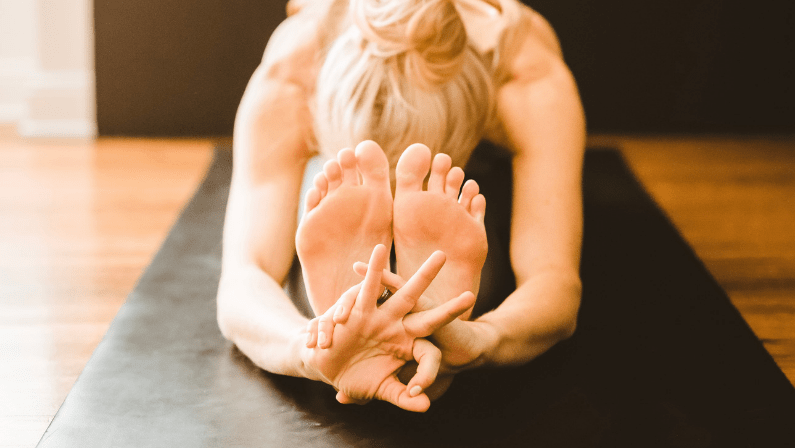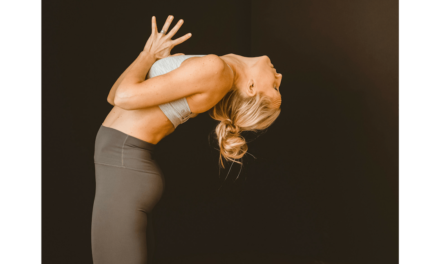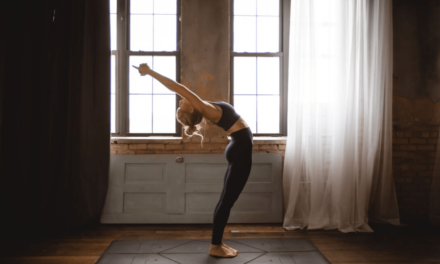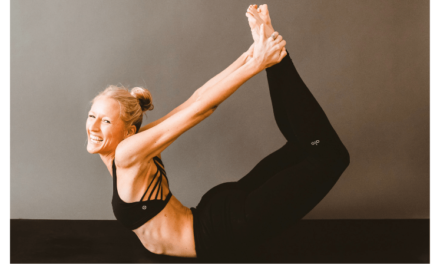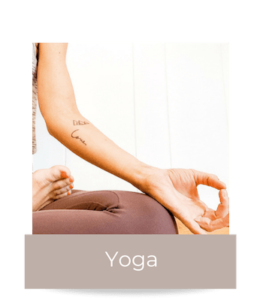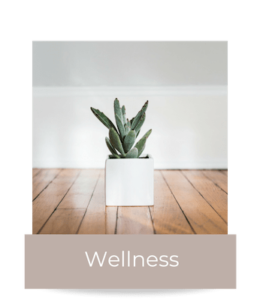A good yoga mat is like having a reliable car. When you can trust it, it will take you where you need to go, no questions asked.
The thing is, not all yoga mats are created equal.
In my time as a yogi, I’ve gone through the range of yoga mats. From the entry price point option to one of the most expensive mats on the market.
I have found that choosing the right yoga mat can and will change your practice. It will provide you the comfort you need, the right grip, and a place to call your second home.

Though I have my favorites, the folks at ConsumersAdvocate, a research company providing insightful product reviews to improve people’s lives, took a deep dive on finding the best yoga mats in the industry. And their findings are worth taking a look at.
Their team spent weeks testing 65 eco-friendly mats that give the performance functionality today’s yogi needs in the modern world of yoga.
Durability, traction, cleanliness, and materialization should all be considered when purchasing a mat.
But like I said, not all yoga mats are created equal.
Today’s technology and advancements in materials have brought yoga mats to a whole new level than where we’ve in the past. From everything from recycled materials to non-toxic polyurethane, the right yoga mat will vary by yogi, it’s not a one size fits all space.
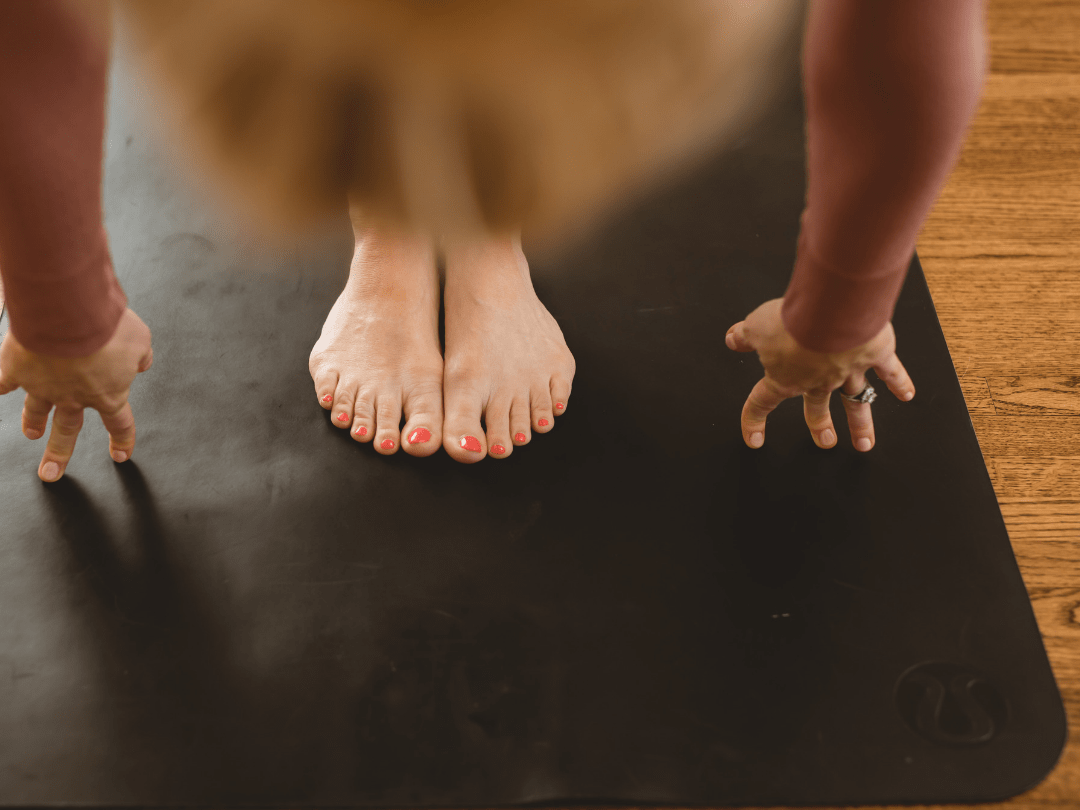
What type of mat do you need for your practice?
Power / Ashtanga – A mat should be able to withstand moisture, a good grip is necessary and easy to clean due to sweat
Hot / Bikram – A mat should be able to withstand moisture, a good grip is necessary and easy to clean due to sweat
Restorative – Comfort is key. A mat should provide cushion and support for longer held postures
Vinyasa – When in a non-heated class, a mat should provide traction but doesn’t need to focus as much on moisture absorption
Kundalini – Comfort is key for seated meditation. A mat should provide cushion and support
The technical side yoga mats
Open Cell Mats
These mats are able to easily absorb moisture, making them ideal for heated classes to take in the sweat. Though because they absorb, these mats can build up bacteria if not properly cleaned.
Closed Cell Mats
These mats are easy to clean, leaving them more hygienic than the open-cell mat option. Many yogis tend to use a towel on top to help absorb sweat and reduce slipping when used in a heated class. However, many companies have invested in new technology that allows closed-cell mats to have increased traction to hold your grip, even when sweat is beading off your nose.
Comfort / Cushion
Thicker mats will provide great cushion for those with sensitive knees or will be holding postures for longer periods of time (Restorative yoga). However, with extra cushion comes additional weight in the mat.
Materialization
Yoga mats are available in a wide range of materials from rubber blends, cork, jute, and also polyvinyl chloride (PVC). Though each material will provide their own benefit to the type of yoga you practice, it is worth noting the damaging effects some yoga mats are leaving on the environment.
One of the Yama’s in Patanjali’s Yoga Sutra’s is Ahimsa or non-violence. Ahimsa refers to being kind to all living things, and also to our environment.
Unfortunately, many of the accessible budget-friendly yoga mats you can find at your local mass retailer are made of PVC. Thousands, if not millions, of yoga mats, are being used that are non-biodegradable, have harmful toxins built-in, and have a shorter lifespan due to cheap materials. This means many yoga mats are hitting the landfill often where they sit for a long, long time. In addition, the manufacturing process to make these mats release harmful contaminated emissions and other hazardous by-products.
Not a great way to say “namaste” to mother earth… or ourselves.
This is why in ConsumersAdvocate’s research, they omitted any mats made of PVC from their testing as their materialization alone dropped them out as being a suggested yoga mat for yogis.
I couldn’t agree more with their decision.
But technology has come a long way and many eco-conscious companies have developed material blends that will give you the grip you need, without harming our planet and ourselves.
Read more about ConsumersAdovcate’s findings here in their in-depth analysis.
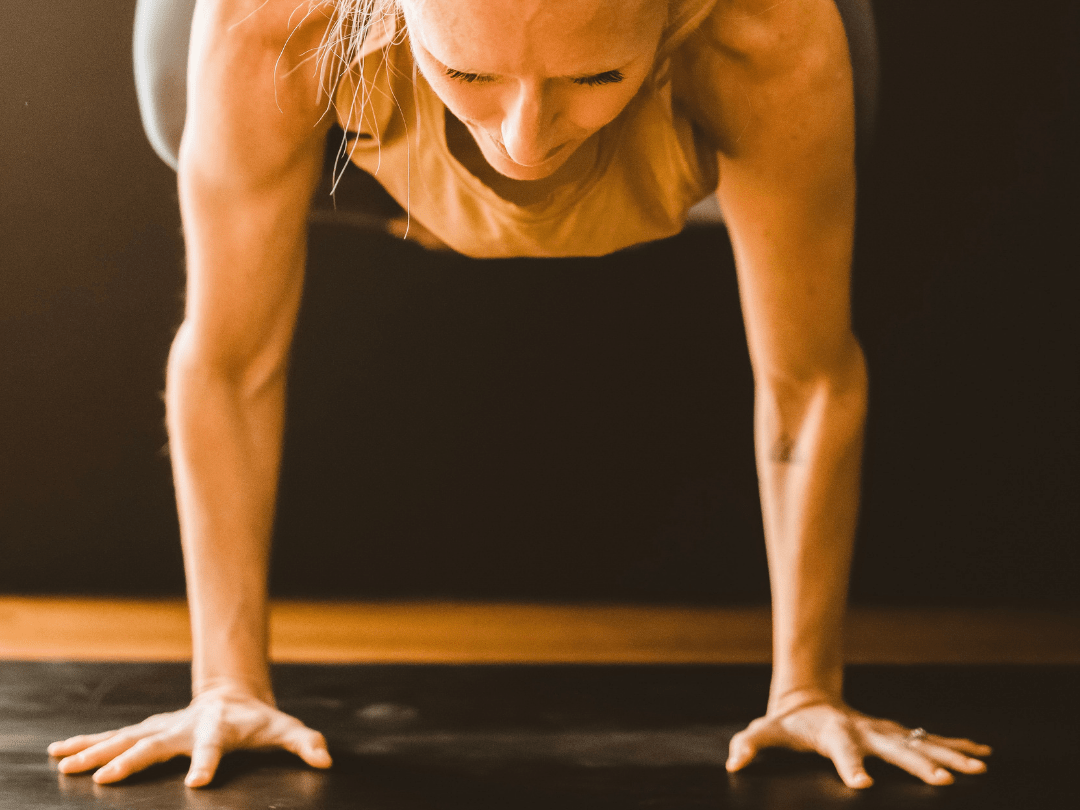
My own personal findings
Through my own personal practice, like many, I started with a budget-friendly mat for the first year of my practice. This mat advanced me through my practice and I was able to benefit the gifts of yoga through this mat.
However, when I invested in a more technology-driven mat, my practice changed for the better.
I rarely needed to use a towel, which left me with fewer distractions in class and the grip of the mat would withstand the 98-degree room I was in when flowing from Chaturanga to Downward Facing Dog.
Below are the mats I have used throughout my yoga journey. My practice primarily has been power vinyasa, hot / Bikram, and restorative.
Budget-Friendly Mat (Brand Unknown)
- Cost: $20
- Materialization: Open Cell and PVC
- Overall Rating: Though this is the most affordable option and is appealing to beginner yogis, I found I would still slip through the plastic-like coating on top. I used a Yogi-Toes towel to help support my practice. It got the job done, but as I was new to yoga, I didn’t know my options and opted for an easy way to start yoga. As mentioned, mats made of PVC are extremely harmful to the environment and have a shorter life-span. If you practice regularly, I would not recommend this type of mat for long-term use (or at all).
- Cost: $92
- Materialization: Open Cell with a blend of tree rubber, polyester, and natural cotton.
- Overall Rating: The sustainability of this mat is worth noting as it uses non-toxic chemicals in its manufacturing process. At 5mm thickness, this mat provides great comfort and cushion to yogis who may need this support for sensitive knees or other areas. The initial grip of this mat was great throughout the first few months of practice. But over time, the top layer began to wear away and became quite slippery. I then resulted to using a towel to help my grip but was a distraction once again on my mat. If you practice in a non-heated room, this mat could be a great option for you, especially if comfort is something you are looking for.
- Cost: $64.95
- Materialization: Open Cell and natural rubber
- Overall Rating: I love my Jade travel mat, but it is used for just that, travel. With excellent grip and thin design, this mat has been my go-to for yoga on the go. I would not recommend using a travel mat for your everyday use as there is little cushioning to support you on hard floors. One cool benefit of Jade is that they plant a tree for every mat sold. How about that for practicing Ahimsa?
Cost: $78.00
Materialization: Closed Cell with polyurethane and natural rubber
Overall Rating: Without a doubt, this is one of the most commonly used mats I see in the yoga studio by students and teachers. And with good reason. Though it is a closed-cell mat, Lululemon has developed their mat to absorb sweat and give excellent grip. This mat lasted me years but did lose its initial grip overtime making this mat one that will need to be replaced at some point. I found I rarely had to use a towel with this mat and provides great comfort. Though it weighs just over 5 lbs, it was an excellent mat for me to take to the yoga studio.
- Cost: $140
- Materialization: Closed Cell with natural rubber and Liforme proprietary eco-polyurethane
- Overall Rating: This is the most expensive mat I have used, and I can confidently say the price tag is worth what this product gives you. Not only does this mat come with its own durable carrying case, upon unrolling it and spending months of dripping sweat on it, the grip of this mat is also unbeatable. I never need to use a towel, which provides me a clean yogic space to move freely without distractions. And because it’s closed-cell mat, it is a breeze to clean. I find the alignment design on the top to be hugely beneficial. As we move and flow around our mats, the alignment grid keeps me in check that I am practicing safely (everyone should consider this to have a lifelong practice). Coming in at 6.5 lbs, this mat is hefty (perhaps that’s why they provide a carrying case), but the cushion and comfort are outstanding.
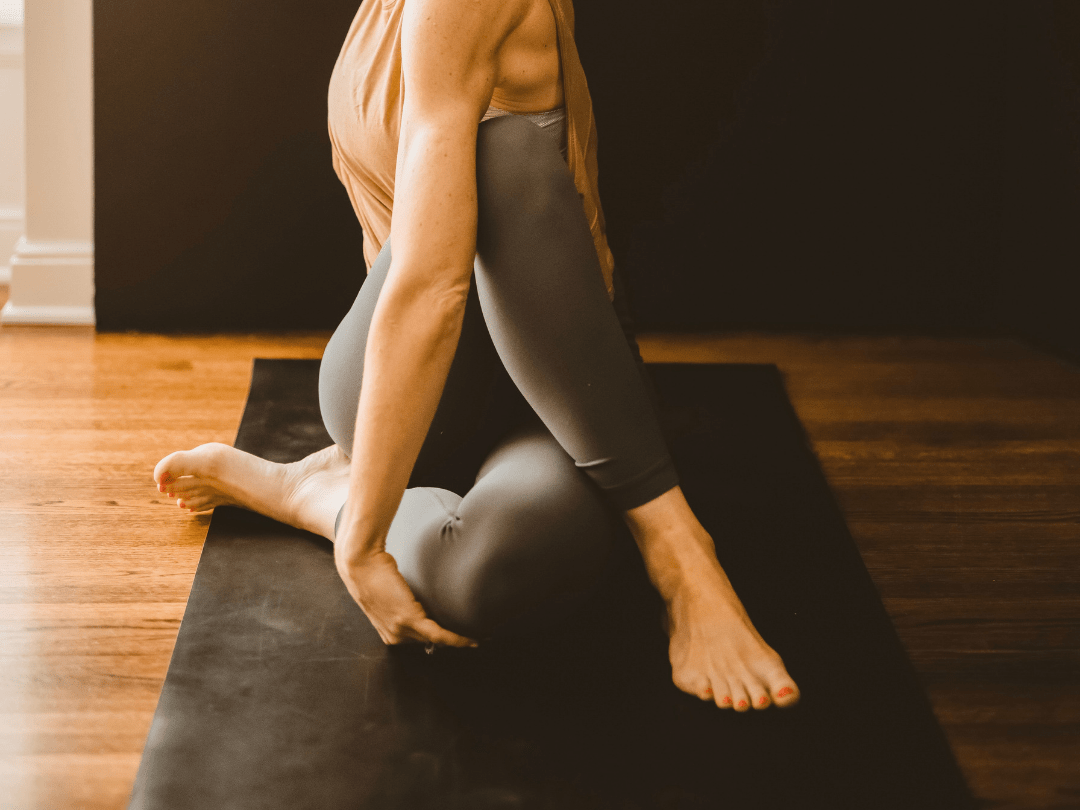
The bottom line of what to consider
What type of yoga are you doing?
There are numerous types of yoga out there. Whatever your practice is, take advantage of today’s technologies in yoga mats to make your yoga mat work for you.
Do you need comfort for joints or your back?
Though comfort can come at the cost of a heavy mat, a painful practice will never be enjoyable.
How often are you practicing?
The number of times you are unrolling your mat may determine your budget. However, the old saying, “You get what you pay for” rings true for yoga mats. If you have a regular practice, consider a mat that will last you a while and one that will advance your practice.
Materialization and the Environmental Impact
With 36 million people practicing yoga in the United States alone, and expected to grow in coming years, more than ever the attention to what products we choose to hit the yoga studio in are important. Not only are harmful toxins and processes being used to manufacture many of the mats used today, they breakdown quickly in the yoga studio, but not in a landfill.
Practicing Ahimsa, non-violence, when buying a yoga mat is one of the more meaningful decisions we can make as yogis. Not only does it help protect our beautiful planet, but most of the eco-friendly options in the market place are also the best yoga mats for your practice.
When you find your mat, you’ll know. It will change your practice for the better.

